Tomographic imaging of U-10Zr fuel during high temperature annealing and solidification process
Principal Investigator
- Name:
- Ericmoore Jossou
- Email:
- [email protected]
- Phone:
- (208) 526-6918
Team Members:
| Name: | Institution: | Expertise: | Status: |
|---|---|---|---|
| Luca Capriotti | Idaho National Laboratory | Fast Reactor, Fast Reactor MOX Fuel, Fuel Cladding Chemical Interaction (FCCI), HT9, Irradiated Fuels, Oxide Fuels, PIE | Other |
| Tiankai Yao | Idaho National Laboratory | Amorphization, Ceramics, Characterization, Corrosion, Environmental Degradation, Grain Growth, High Burnup Fuel, High Density Fuels, Nuclear Fuel, Nuclear Waste, Spark Plasma Sintering (SPS), Uranium Compounds | Other |
Experiment Details:
- Experiment Title:
- Tomographic imaging of U-10Zr fuel during high temperature annealing and solidification process)
- Hypothesis:
- Porosities and cracks are induced during the solidification of U-10Zr during the fabrication process. X-ray computed tomography is a suitable tool for probing the microstructural evolution during this process.
- Work Description:
- Tomographic imaging of U-10Zr fuel during high temperature annealing and solidification process
Project Summary
Metallic fuels offer a greater breeding ratio in fast neutron reactors and are candidates for use in fast spectrum reactors for their high thermal conductivity, high fissile density, and improved economics compared to the traditional UO2 ceramic fuel cycle. Of these metallic fuels, U-10Zr has been extensively researched and tested in legacy test reactors such as the Experimental Breeder Reactor and the Fast Flux Test Facility and is a strong fuel candidate for use in sodium fast reactors (SFRs).
The fabrication is usually by melting and casting with no current effort to understand the melt pool dynamics during the solidification process. There are currently no real time monitoring studies to understand the crystal nucleation or the moment of crystal formation in U-10Zr, principally due to the difficulties of imaging tiny nucleants and embryonic crystals. A recent study using in situ transmission electron microscopy showed the phase transformation during rapid heating from room temperature to 1000 oC [1]. In addition, synchrotron X-ray micro-computed tomography was used to map the neutron irradiation-induced porosity in U-10Zr [2]. While past in situ TEM characterization efforts can identify phase transitions and metastable phases before melting, it is impossible to access the liquidus-solidus transition regime due to thermal instability in TEM instrumentation and the difficulty of collecting sufficient radiographs for full tomographic reconstruction [3]. However, access to this regime is critical for understanding the solidification process in U-10Zr alloy. Therefore, real-time imaging using X-ray tomography will allow us to show how processing parameters – cooling rate and thermal gradient affect microstructural and the thermal conductivity of U-10Zr alloy. We will directly correlate the rate of crystal nucleation and growth with the thermal conductivity at a given cooling rate, thereby optimizing the critical processing parameters to improve the thermal properties of U-Zr fuel. To realize this goal, we will pursue the following specific objectives:
I. In solidification events where the process happens very fast, it becomes challenging to collect sufficient radiographs for 3D reconstruction [5]. Hence, sparse data collection involves reducing the sampling rate to collect representative radiographs during a transient process like solidification. To use the sparse data for tomographic reconstruction, we will curate a training dataset from extensive ex situ tomographic measurements of fresh U-10Zr fuels at the X-ray powder diffraction beamline at National Synchrotron Light Source II.
II. Develop an ML-based tomographic image reconstruction tool suitable for analyzing sparse radiographs collected quickly (less than 1 minute) during solidification.
III. Carry out high-temperature annealing (the maximum temperature during annealing is 1000 oC) of U-10Zr in the 2 days requested in cycle 1 and 4 days for the solidification experiment in cycle 2.
IV. Develop solidification models for U-10Zr based on the in-situ solidification experiments using XCT setup.
This research work will provide further high-fidelity microstructural data for BISON/MARMOT for the prediction of fuel burnup at high temperatures. The time-dependent microstructural information will guide process parameters selection for the fabrication of U-10Zr fuel.
References
[1] F.G. Di Lemma et al., J. Nucl. Mater. 583 (2023) 15447. [2] J. Thomas et al., J. Nucl. Mater. 537 (2020) 152161. [3] Y. Zheng et al., ACS Appl. Mater. Interfaces 2023, 15, 29, 35024–35033.
The fabrication is usually by melting and casting with no current effort to understand the melt pool dynamics during the solidification process. There are currently no real time monitoring studies to understand the crystal nucleation or the moment of crystal formation in U-10Zr, principally due to the difficulties of imaging tiny nucleants and embryonic crystals. A recent study using in situ transmission electron microscopy showed the phase transformation during rapid heating from room temperature to 1000 oC [1]. In addition, synchrotron X-ray micro-computed tomography was used to map the neutron irradiation-induced porosity in U-10Zr [2]. While past in situ TEM characterization efforts can identify phase transitions and metastable phases before melting, it is impossible to access the liquidus-solidus transition regime due to thermal instability in TEM instrumentation and the difficulty of collecting sufficient radiographs for full tomographic reconstruction [3]. However, access to this regime is critical for understanding the solidification process in U-10Zr alloy. Therefore, real-time imaging using X-ray tomography will allow us to show how processing parameters – cooling rate and thermal gradient affect microstructural and the thermal conductivity of U-10Zr alloy. We will directly correlate the rate of crystal nucleation and growth with the thermal conductivity at a given cooling rate, thereby optimizing the critical processing parameters to improve the thermal properties of U-Zr fuel. To realize this goal, we will pursue the following specific objectives:
I. In solidification events where the process happens very fast, it becomes challenging to collect sufficient radiographs for 3D reconstruction [5]. Hence, sparse data collection involves reducing the sampling rate to collect representative radiographs during a transient process like solidification. To use the sparse data for tomographic reconstruction, we will curate a training dataset from extensive ex situ tomographic measurements of fresh U-10Zr fuels at the X-ray powder diffraction beamline at National Synchrotron Light Source II.
II. Develop an ML-based tomographic image reconstruction tool suitable for analyzing sparse radiographs collected quickly (less than 1 minute) during solidification.
III. Carry out high-temperature annealing (the maximum temperature during annealing is 1000 oC) of U-10Zr in the 2 days requested in cycle 1 and 4 days for the solidification experiment in cycle 2.
IV. Develop solidification models for U-10Zr based on the in-situ solidification experiments using XCT setup.
This research work will provide further high-fidelity microstructural data for BISON/MARMOT for the prediction of fuel burnup at high temperatures. The time-dependent microstructural information will guide process parameters selection for the fabrication of U-10Zr fuel.
References
[1] F.G. Di Lemma et al., J. Nucl. Mater. 583 (2023) 15447. [2] J. Thomas et al., J. Nucl. Mater. 537 (2020) 152161. [3] Y. Zheng et al., ACS Appl. Mater. Interfaces 2023, 15, 29, 35024–35033.
Relevance
The proposed research, which investigates fabrication-induced defects such as porosities and cracks in U-10Zr fuel through the use of X-ray computed tomographic (XCT) microstructural imaging techniques, furthers the DOE-NE’s missions of enabling the deployment of advanced nuclear reactors and developing advanced nuclear fuel cycles. U-10Zr has long been under consideration as a candidate fuel for sodium fast reactors (SFRs) for its high thermal conductivity, ease of reprocessing, and high uranium density [1] and has an extensive history of testing from the 1960s to the 1990s in test reactors such the Experimental Breeder Reactor II (EBR-II) and the Fast Flux Test Facility (FFTF) [2]. However, much is yet to be understood regarding the solidification process during the fabrication of U-10Zr fuels; here, XCT microstructural imaging can be harnessed as a tool to map the melt pool during fabrication.
Ultimately, to ensure that U-10Zr fuels retain a significant amount of fission products within the fuel matrix, XCT mapping of fabrication-induced porosities and cracks is necessary to provide high-resolution porosity pathways that can aid the migration of fission gasses in solid and annular U-10Zr fuels in a reactor environment.
Our project will provide high-fidelity data that will be used to improve existing BISON models and implement new models, if necessary, for gaseous swelling, porosity development, porosity interconnection, and sodium infiltration models in solid and annular U-10Zr. This research would further demonstrate the value of high-resolution 3D microstructural imaging techniques coupled with image segmentation for mapping and quantifying fabrication-induced defects in materials. Lastly, this research would provide further high-fidelity microstructural data for BISON/MARMOT for the prediction of fuel burnup at high temperatures.
References
[1] Yao, T. et al. J. Nucl. Mater. 542, (2020). [2] Qian, Zhengyu, and Di Yun. International Conference on Nuclear Engineering. Vol. 86366. American Society of Mechanical Engineers, 2022.
Ultimately, to ensure that U-10Zr fuels retain a significant amount of fission products within the fuel matrix, XCT mapping of fabrication-induced porosities and cracks is necessary to provide high-resolution porosity pathways that can aid the migration of fission gasses in solid and annular U-10Zr fuels in a reactor environment.
Our project will provide high-fidelity data that will be used to improve existing BISON models and implement new models, if necessary, for gaseous swelling, porosity development, porosity interconnection, and sodium infiltration models in solid and annular U-10Zr. This research would further demonstrate the value of high-resolution 3D microstructural imaging techniques coupled with image segmentation for mapping and quantifying fabrication-induced defects in materials. Lastly, this research would provide further high-fidelity microstructural data for BISON/MARMOT for the prediction of fuel burnup at high temperatures.
References
[1] Yao, T. et al. J. Nucl. Mater. 542, (2020). [2] Qian, Zhengyu, and Di Yun. International Conference on Nuclear Engineering. Vol. 86366. American Society of Mechanical Engineers, 2022.
Please wait
About Us
The Nuclear Science User Facilities (NSUF) is the U.S. Department of Energy Office of Nuclear Energy's only designated nuclear energy user facility. Through peer-reviewed proposal processes, the NSUF provides researchers access to neutron, ion, and gamma irradiations, post-irradiation examination and beamline capabilities at Idaho National Laboratory and a diverse mix of university, national laboratory and industry partner institutions.
Privacy and Accessibility · Vulnerability Disclosure Program

